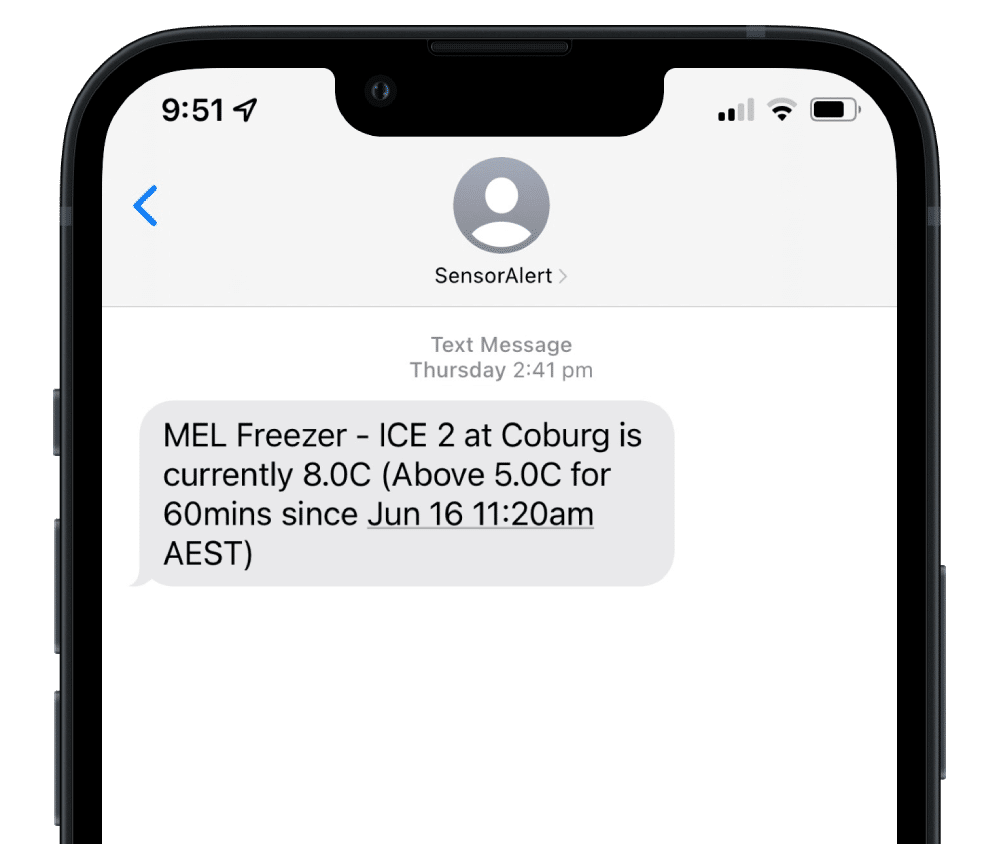The installation is fast and easy. Simply unpack the temperature sensor from its packaging and place it in your preferred location. Once it is turned on, it will automatically sync with the Operandio app via 4G connection. You can then customize your temperature ranges and other data points, and the sensor will automatically start monitoring and collecting all your temperature data.
Remote temperature monitoring using intelligent wireless sensor technology
Our remote temperature monitoring system uses smart wireless sensor technology that allows you to remotely monitor the temperature and humidity of all your equipment. Receive instant SMS alerts the moment a temperature falls outside the appropriate temperature range.
Monitor conditions in real-time from any remote location, automate your temperature processes and protect your inventory and costly assets.
Trusted by restaurants, bars and hospitality businesses worldwide





Get notified instantly, take action fast
Our automated wireless temperature sensor allows you to act on issues before they become expensive problems with automatic SMS alerts that trigger when conditions go outside your set temperature ranges. Create action items to track and manage the issues identified from your alerts, all within Operandio.

Track equipment health and performance
Track changes in temperature and humidity conditions over time and identify trends, allowing you to plan for repairs and replacements. Simplify the management of your compliance with all of your temperature monitoring data stored in one secure place.

Reduce labor costs with automated audits and reports
It’s time to stop using paper and log books and replace your manual temperature tracking processes. With wireless temperature monitoring sensors, you can run your food and equipment safety completely on autopilot. Automatically track temperate and humidity without the need for humans to be involved. Remote monitoring enables you to analyze data anytime and export reports instantly as required.
All-in-one Food Safety Management platform
Operandio is an easy to use food safety app that helps you simplify temperature checks, maintain food safety records, manage cleaning tasks, reduce risk and stay 100% safe and compliant in the food service industry.
View all food safety featuresToday’s top brands use Operandio to raise the standard of their operations & frontline workforce
Schedule a live product demo
Get a quick one-on-one chat and demonstration with an Operandio expert. It’s short and painless, and a quick way to see what we’ve done for businesses like yours.
- Mobile/tablet-first dynamic checklists to keep staff on track
- Staff onboarding & training modules
- Critical business info & operating procedures instantly accessible
- Internal staff communication to keep everyone in the loop
- Flag, capture & escalate issues identified on the frontline
- Automated temperature monitoring with sensors & alerts
- Staff held accountable with live performance data & insights
- Consistent standards across multi-locations
- Realtime visibility & reporting for managers & business owners
You’re in good company
Companies just like yours are using Operandio to achieve staff accountability, safety, compliance and consistent business processes across all their locations.
Built for frontline teams
For head-office, we deliver real-time insights, data, and reporting that empowers strategic decision-making and total visibility and control of all your food safety operations.
For frontline workers, we offer seamlessly intuitive and comprehensive tools via our mobile app or shared user kiosk app.
Streamline all aspects of your operational tasks, ensure your business is always 100% safe and compliant.
Frequently asked questions about remote temperature monitoring
Our sensor technology has the capability for monitoring temperatures down to -200 °C. This allows the sensor to be used in both domestic and commercial environments that require 24/7 temperature monitoring systems, such as hospitality and healthcare settings.
Depending on how you have configured your temperature settings, once the temperature falls outside your specified ranges, the sensor will immediately detect abnormal changes and send an SMS alert to your registered phone number. This real-time remote temperature monitoring allows you to proactively take steps to prevent further complications.

